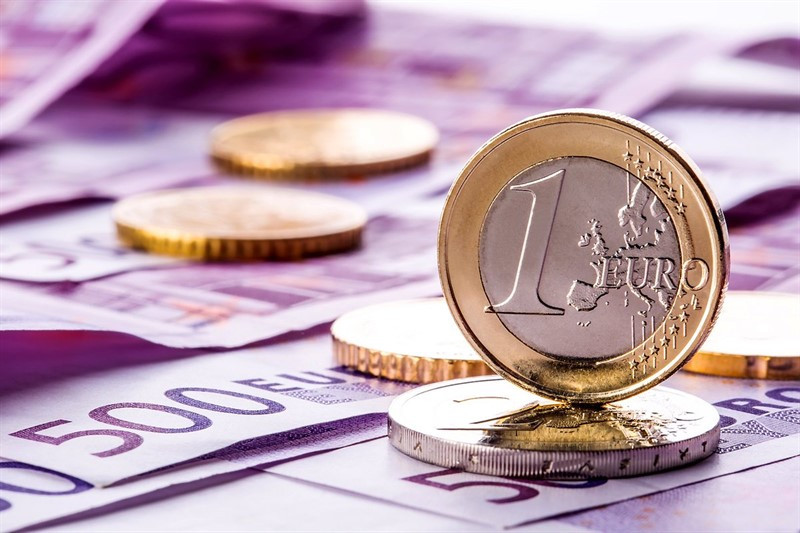
US House Speaker Nancy Pelosi has set Tuesday, October 20, as the deadline for an agreement between Democrats and Republicans on additional aid to the US economy. By doing so, she gave investors hope that the deal could be reached fairly quickly. This led to an increase in stock indexes and a decrease in demand for a protective greenback.
In addition, market participants drew attention to statistics from China. The country's GDP increased by 4.9% in July-September compared to the same period last year, which turned out to be below the consensus forecast of 5.5%, but higher than in the second quarter by 3.2%.
"The Chinese economy continues to recover. This is facilitated by the growth of exports. The consumer spending situation is also improving, but it is too early to say that China has completely gone from the coronavirus shock," said Yoshiko Shimamini, chief economist at Dai-ichi Life Research Institute in Tokyo.
Amid revival of risk interest and after an unsuccessful attempt to take the six-month resistance line at 93.80 - 93.90 points, the USD index fell to almost weekly lows near 93.20 points.
If the rollback continues, the greenback may drop to the area of recent support (93.00) and further to 92.70.
However, only two weeks are left before the presidential elections in the U.S., and, according to experts, it is unlikely that the deal, which the markets are so longing for, will nevertheless be concluded.
"The dollar will continue to be in demand due to the low likelihood of agreeing on a new stimulus package before the US elections, as well as against the backdrop of a worsening epidemiological situation in the world," said CBA specialist Kim Mundy.
According to the latest polls, Biden is ahead of Trump by about 10%. They are scheduled to host the final debate on Thursday, October 22.
"Investors continue to closely follow the survey results. The main risk now is narrowing the gap between candidates, as this will reduce the likelihood of a Democratic victory, which is considered a bearish factor for the greenback, and will create the preconditions for challenging the election results," Barclay strategists said.
Traders also continue to assess the situation with the spread of coronavirus in the EU and its impact on the region's economy.
While the European authorities are far from a complete halt of the economy, as was the case in March-April, however, even the measures taken are capable of undermining the fragile recovery.
In such conditions, the markets will find it difficult to maintain a positive attitude, and the euro will grow from current levels.
Against the background of improving investor sentiment, the EUR / USD pair approached 1.18, however, the prospects for the eurozone remain gloomy, and the euro's fall to $ 1.16 may be only a matter of time. At the end of this week, October data on business activity in the eurozone will be released, and weak statistics will become another argument in favor of easing the ECB's policy this year.





















